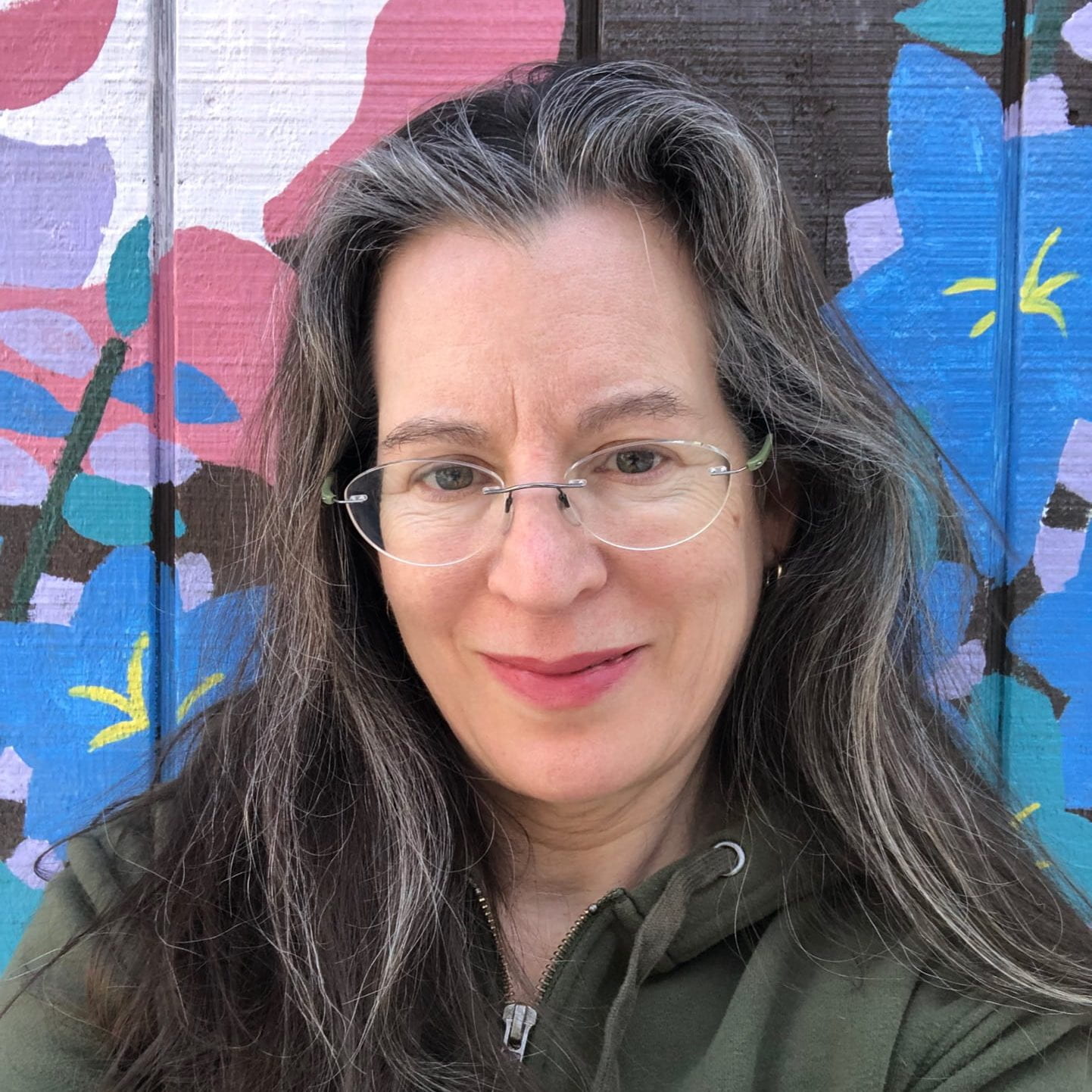Empowering the Humanities Speaker Series
Interdisciplinary Project-based Learning Environments
Department of Humanities and Social Sciences
Wentworth Institute of Technology
November 12 2013
The Fine Art of Interdisciplinary Education
Thank you for inviting me to speak on my favorite topic! I’d like to start by asking you a question. What do you notice about this room, the audience, this day, this moment?
In this room is an incredible variety of voices, opinions, observations and talents. That’s where interdisciplinary education begins. With each of you.
My story: Art was my oasis in high school, but I didn’t go to art school until after running away at 18, community college, full-time working in retail and digital imaging, and night school. Then sculpture, then film, then finally the Studio for Interrelated Media (SIM) at MassArt. After undergraduate studies at MassArt then graduate work at Harvard and Tufts. Then back to SIM as a professor. This circuitous, interdisciplinary path is the best path towards finding your “element” (re Ken Robinson – enjoy http://www.ted.com/talks/ken_robinson_says_schools_kill_creativity.html)
Prezi presentation – http://prezi.com/pnsbkta8kcbz/present/?auth_key=kpb4yep&follow=3d3jzclzkuwj
– Overview of the Studio for Interrelated Media Department at MassArt and talk about how it is structured and how this structure enables cross-disciplinary productivity. Faculty give up control. Students drive and learn from each other.
– Description of the Art and Science Immersive Media course project that we did at the Boston Museum of Science last spring. Collaboration that created 40-minute FullDome video with original 10.1 sound scape.
– Invite collaborators to work with our student artists on several potential projects/classes – Independent Study with SIM faculty, Event Planning and Production, Electronic Projects, Interdisciplinary Sustainability course.
– List resources for international residencies that students can look into for cross-cultural exchange.
- Trans Artists – http://www.transartists.org
- Alliance for Artists Communities – http://www.artistcommunities.org
- Res Artis – http://www.resartis.org/en/
- Transcultural Exchange – http://www.transculturalexchange.org
– End with an experiment – in our Major Studio Course is a fundamental part of our curriculum is critique so I’d like to model that concept by asking the audience to critique my talk. In SIM we critique using a modeled loosely based on LIz Lerman’s Critique Process – see below:
- Liz Lerman’s Critique Process Steps
- Affirmation and Observation
Responders give the artist either positive feedback about the work or moments that affected them. - Artist Questions Responders
Artist has the time to ask the viewers questions about the work. - Responders Question Artist
Responders ask neutral questions of the artist about the work. This is a chance for the responders to help the artist step back and analyze the work. - Criticisms and Opinions
If there is a criticism that can’t be stated in the form of a neutral question, responders can express opinions about the work to the artist after they have asked permission of the artist. The artist is allowed to refuse at any time. The opinions should be positive criticism, based on problem-solving techniques.
Thanks to: http://akbar.marlboro.edu/~megmott/planweb/Lerman.html for a well formatted simple list of Lerman’s steps. - Affirmation and Observation
